The law granted the People’s Mobilization Forces (PMF), locally known as Al Hashd Al Shaabi, an official status after it's incorporation into the state's armed forces. Despite that, the state-sanctioned umbrella force still maintains it independence from the state army.
In his sermon, Al Karbalai called on Iraqis, able to take up arms, to join Iraq's official armed forces in defeating ISIS. The call which many interpreted as a fatwa, sanctioned the mobilization of thousands, in the name of a “defensive jihad”.
| Iraqis volunteers rushed in hordes to join the armed forces in their crusade against ISIS. Untrained enthusiasts registered themselves at different mobilizations centers, expressing their readiness to enter the battlefield and defend their country and faith till the bitter end. Instead of receiving specialist training to flank existing state-armed forces, the formation of the Hashd took a different turn. |
| All-round exaltation of the Hashd by the public, as well as political figures, and media outlets in and outside of Iraq have become consistent themes since the group was assembled. Across universities, government institutions, schools and mosques, monetary donations are gathered for supporting Hashd fighters. Posts and banners adorn various government centres in which the Hashd is celebrated as “the pride of the nation”. Other images despict Hashad fighters as saviors and contemporary crusaders set in a holy mission to “liberate” Iraq from the scourge of ISIS. The culture of the organisation is far from holy however. Fighters, irrespective of age, receiveselective privileges that entitle them to paid leave, monetary compensation, and at times special consideration to skip examinations or class. Whether Hashad was established after Sistani’s call, or whether it has been formed months before, as Nibras Kazimi asserts1, is a moot question which still stirs up much disagreement. The umbrella organisation houses multiple Shia militia factions some of whom have operated in Iraq since 2003. Rawabet Center for Research documented a report in which it has documented a total of 67 militias,2 as part of the Hashd organization. A report compiled by The Foreign Relation Bureau, Iraq, corroborates similr figures; 50 major militia and 10 smaller ones saddled between Iraq and Syria3. All of these militia bands subscribe to different relgiious Shi'i figures in Iran and Iraq. Shia religious leadership across Iraq and Iran. Out of these, 40 fall under the religious leadership of Ali Khamnae in Iran, except for a Christian militia commanded by Rayan al-Kildani, whose armed force was disowned by the authoritiy he claims to represent; Chaldean Patriarchate of Babylon.4 News of human rights violations and war crimes have been frequently reported in the areas Hashd forces have “liberated”. Extrajudicial killings, torture, deliberate destruction of civilian property were recurrent accusations directed against them. |
| Despite claims that the Hashd embodies Iraq's only 'representative' and 'inclusive' force, it remains one heavily dominated by religious sectarian religious rhetoric, slogans and speeches as Hashd propaganda exposes. Within their own media outlets, the Hashd has not shied away from coopting Shia religious figures as sources of inspiration for its recruits, and as a means of asserting the force's sectarian identity, as many accuse them. Growing doubts of the organization and its misisons continues to feed the climate of fear felt by the nation at large. While the Hashd law may be used to justify the group's holy crusade against ISIS, its timing has raised many questions. Was it decreed to guarantee official funds for the Hashd in the coming year's annual budget? Or to ensure the group's permanent existence, in expectation of calls for it to be dissolved after ISIS's defeat? Or, to silence the voice of Iraqis able to testify against rights violations perpetrated by Hashd? |
Moreover, giving an official status to religiously oriented armed forces, has laid down solid foundations for the ascendance of another Shia theocracy in the region.

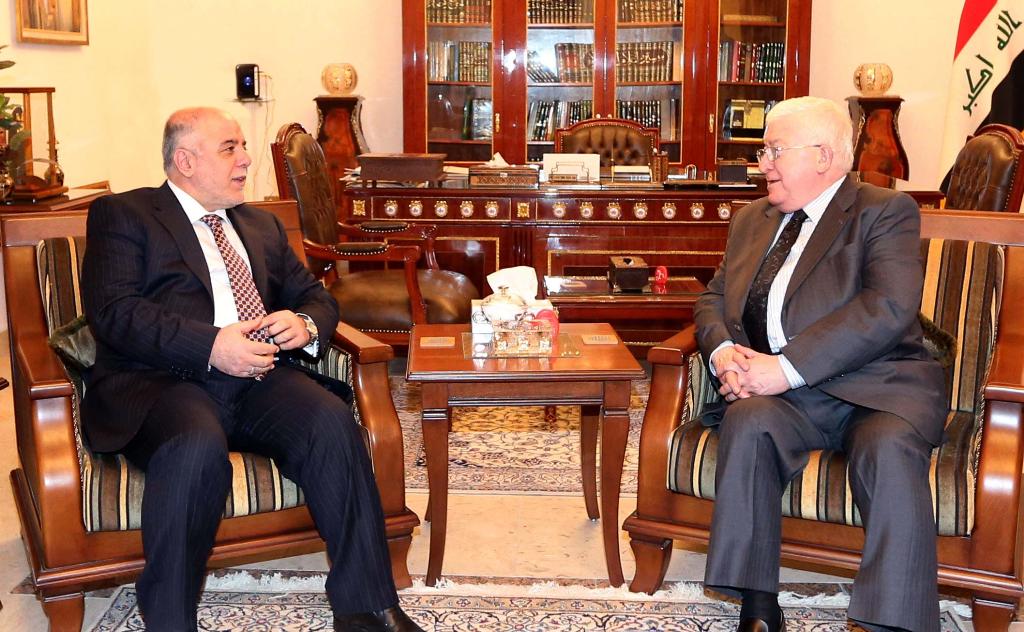
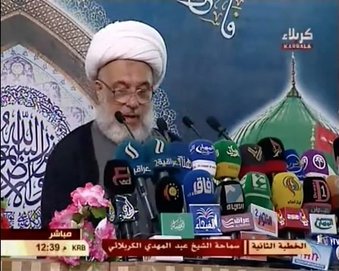
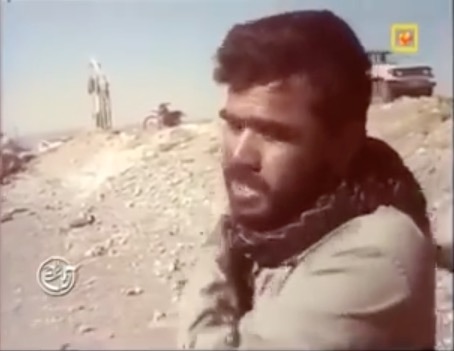
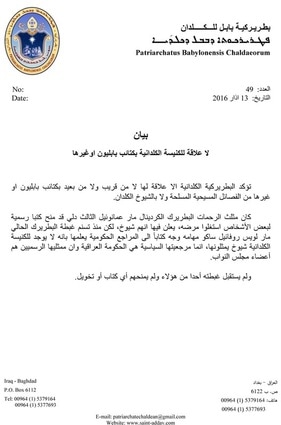
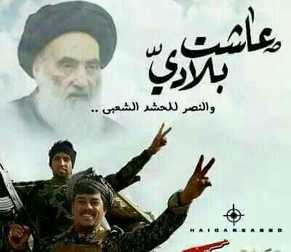
 RSS Feed
RSS Feed